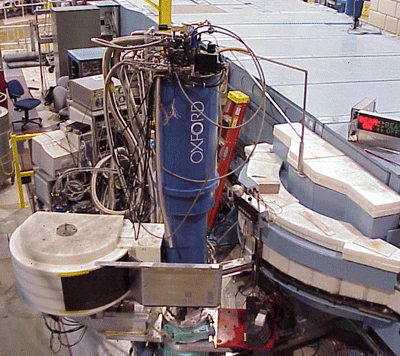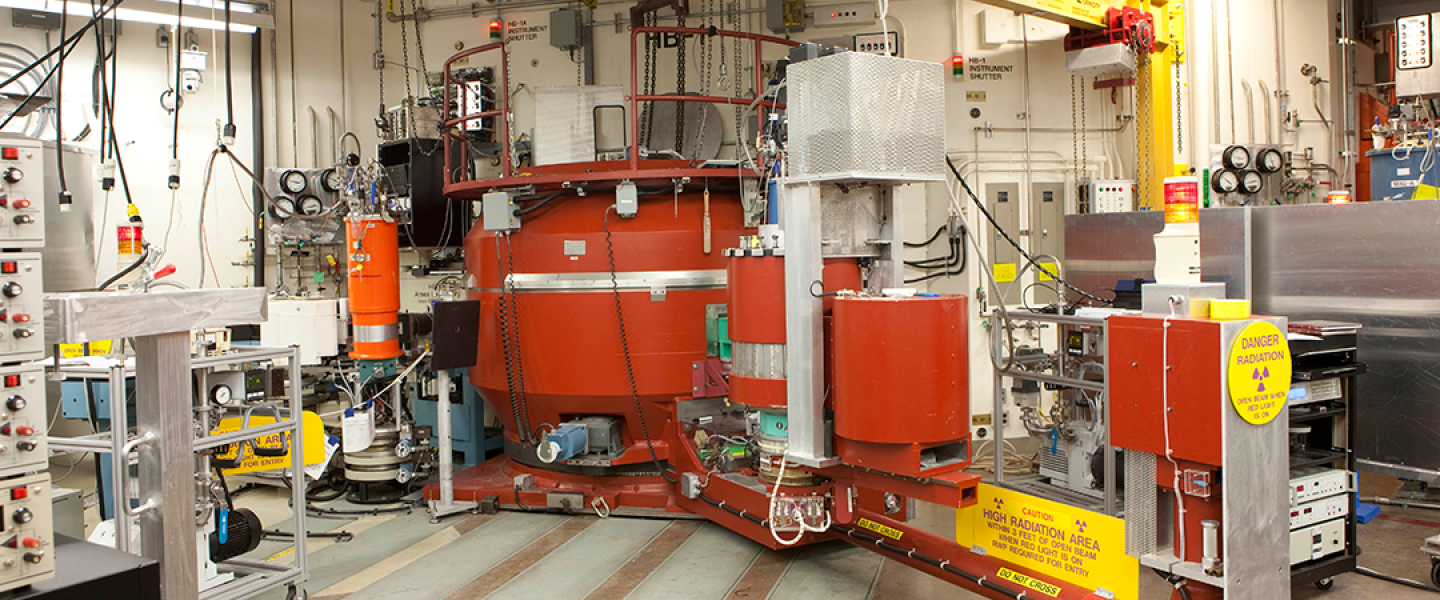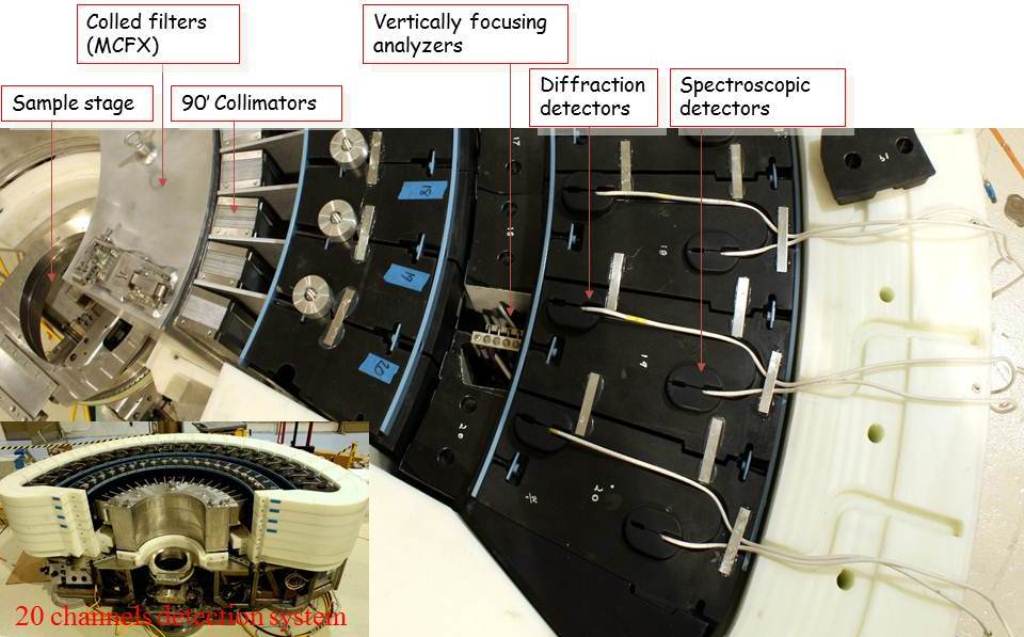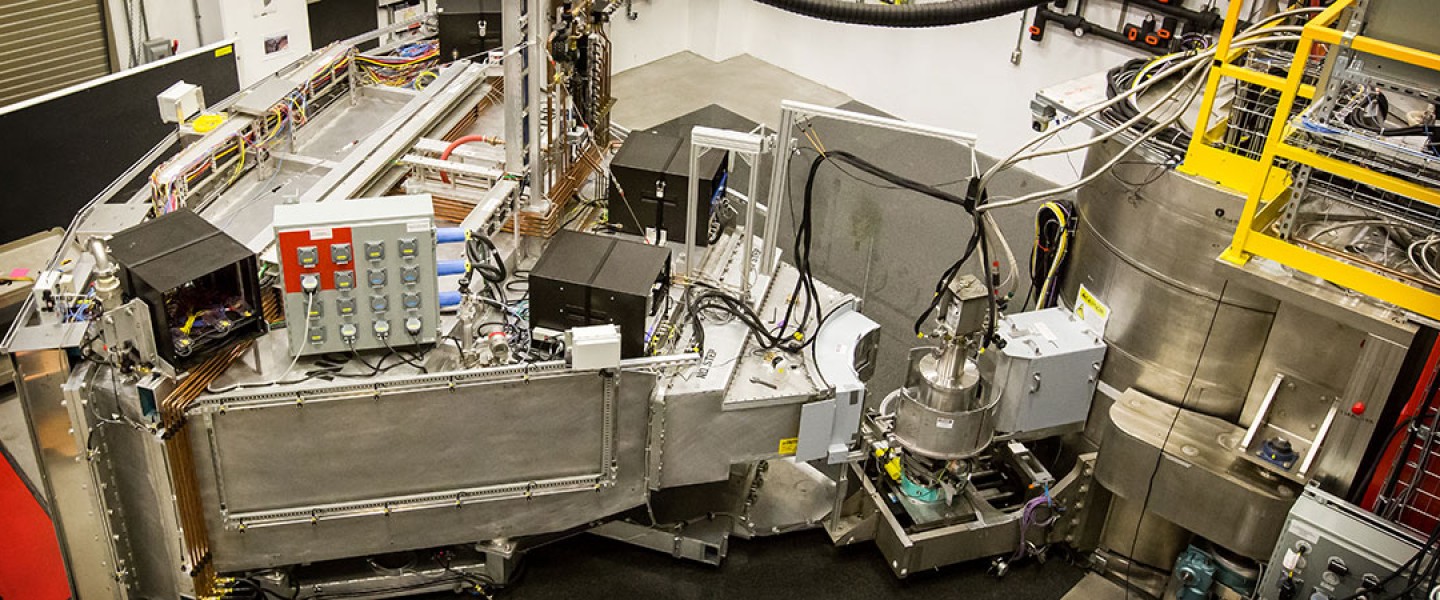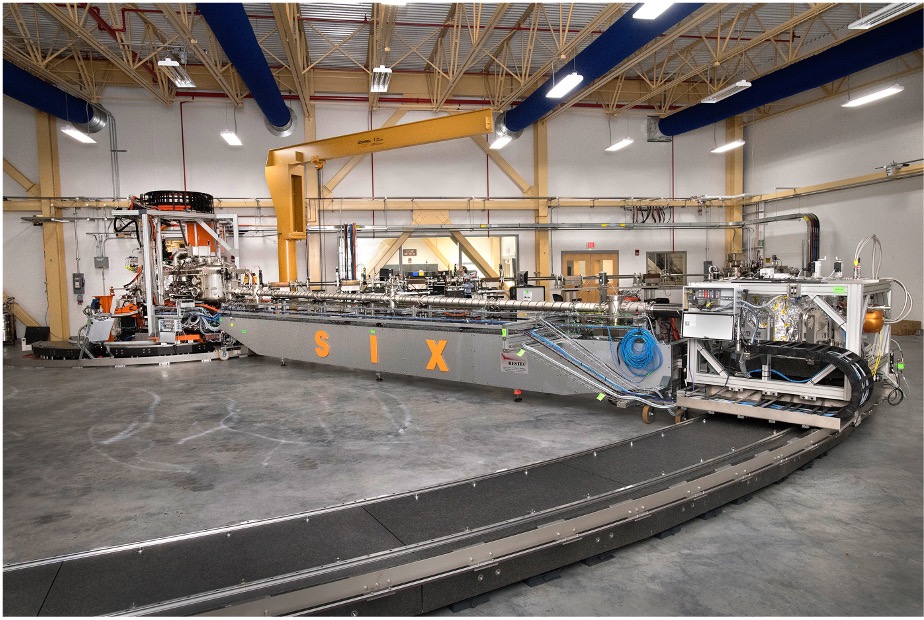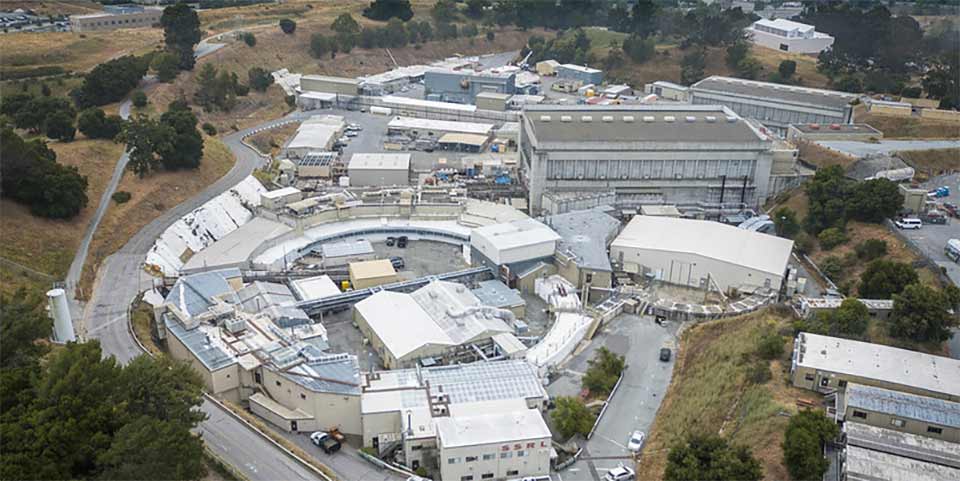Overview
Our group seeks to develop a deeper understanding of quantum materials through research activities involving single crystal growth, sample characterization, neutron and x-ray scattering. We are particularly interested in novel states such as quantum spin liquids, unconventional superconductors, and topological phases of matter.
Single Crystal Growth
We use various synthesis techniques (such as the flux growth, floating zone method, chemical vapor transport, hydrothermal growth, etc.) to grow high quality single crystals, which serve as the basis for detailed in-house characterization, and neutron and x-ray scattering experiments at national-scale facilities. Below is a gallery of some crystals we studied in the past.
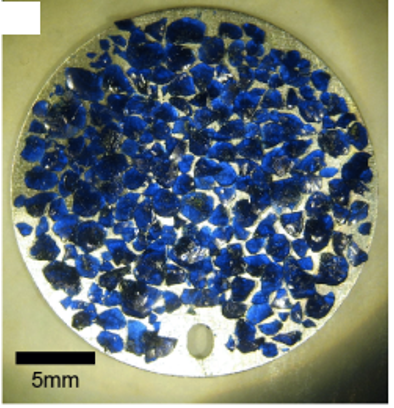
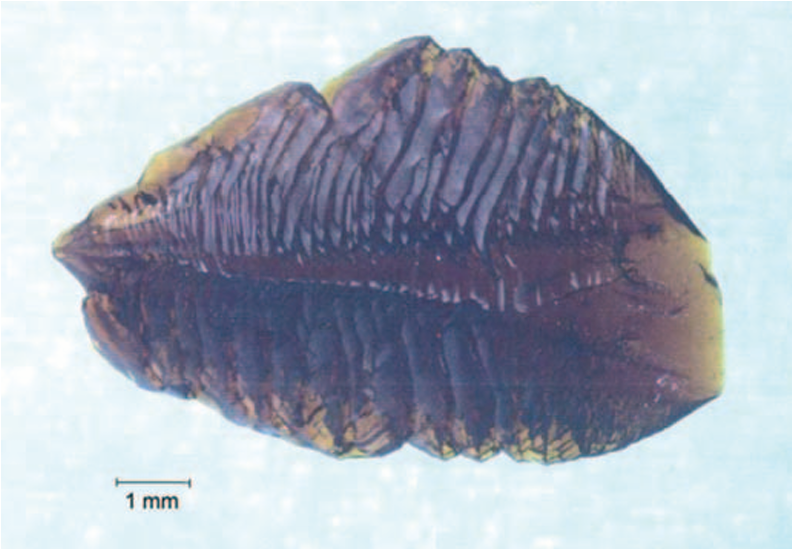

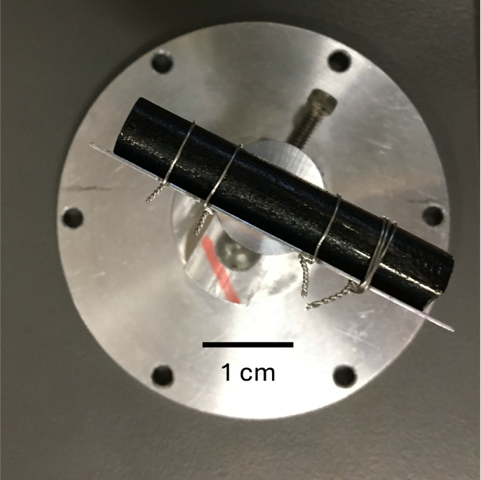
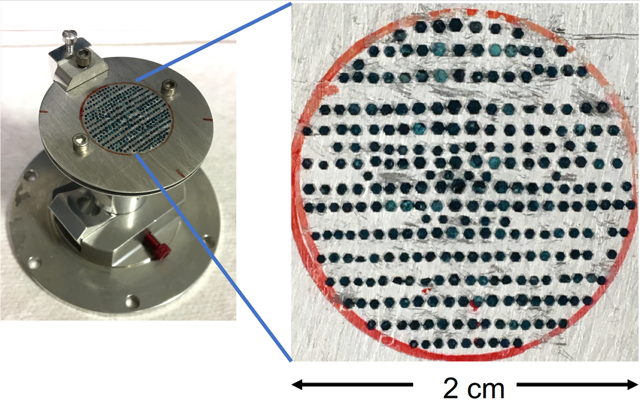
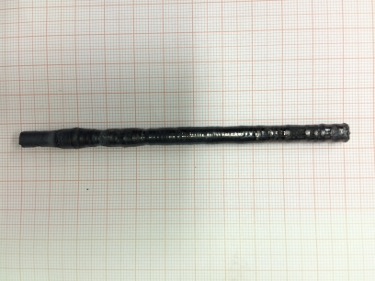

In-house Sample Characterization
We have a 9 T PPMS DynaCool from Quantum Design to measure basic thermodynamic and transport properties of materials. We also have a Bruker D8 powder x-ray diffractometer shared with Karunadasa lab for structural characterization.
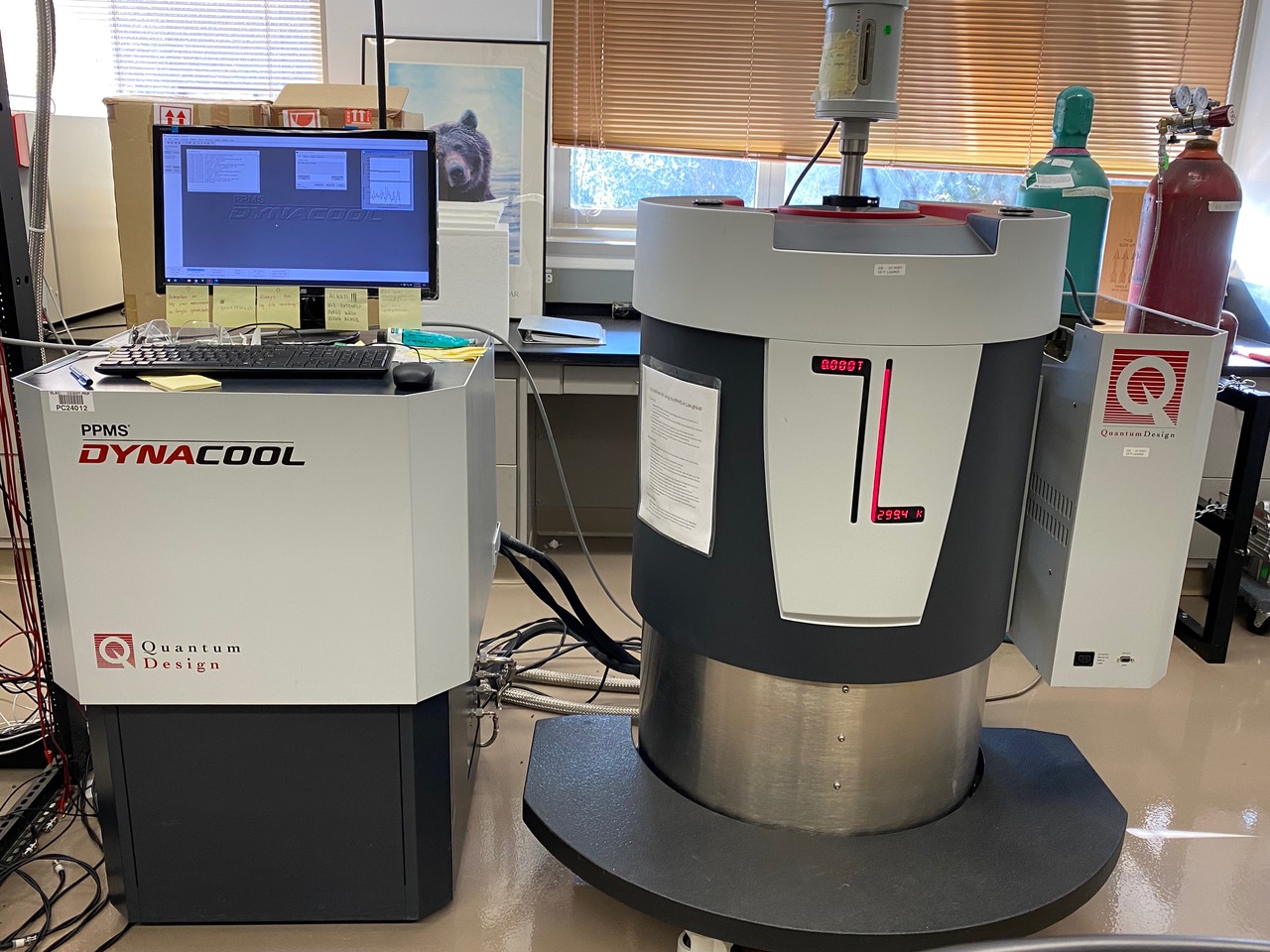
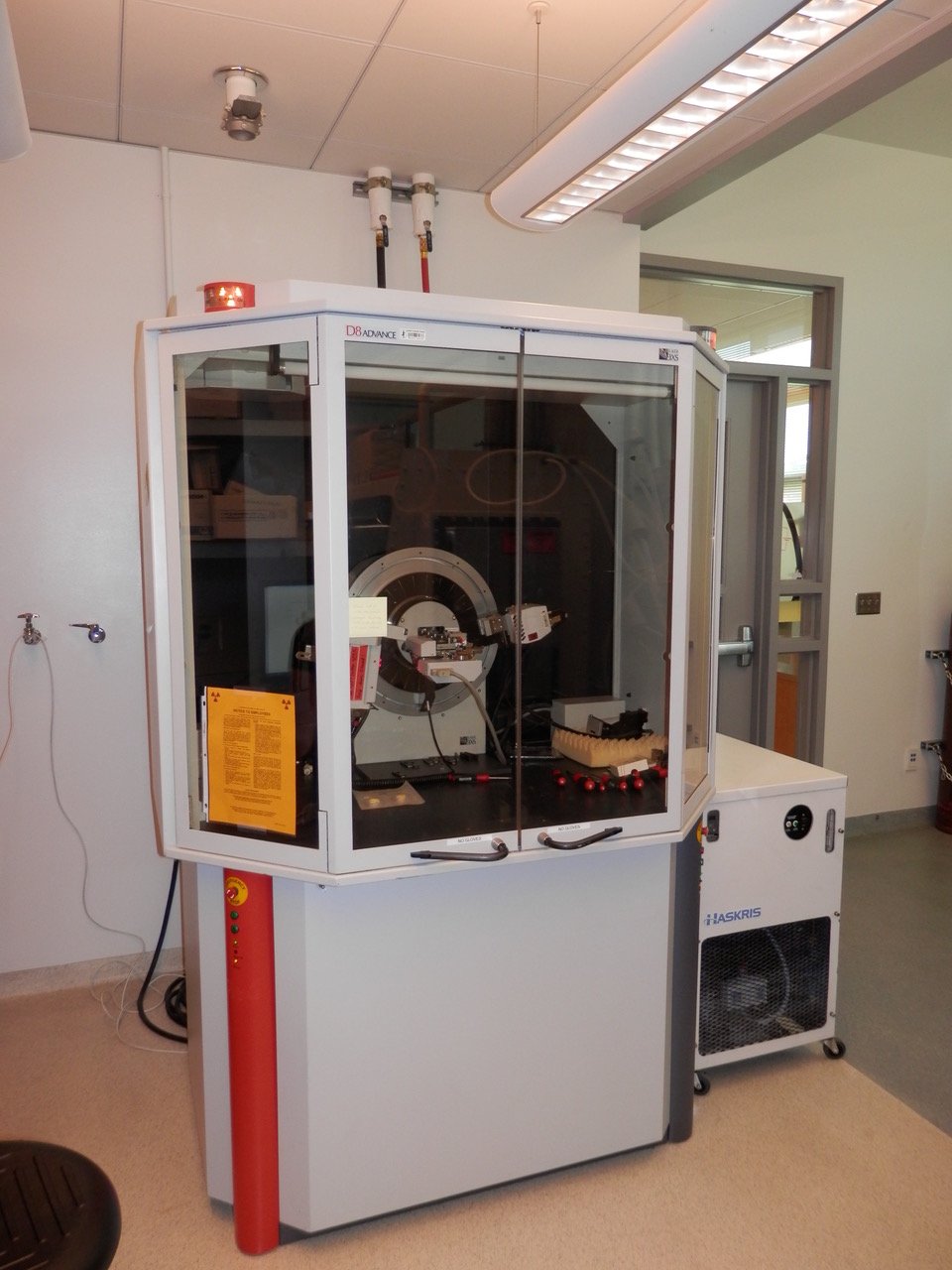
Neutron and X-ray Scattering
Neutron and x-ray scattering techniques are powerful tools used in the Lee Research Group to probe the crystal structure, magnetic properties, and collective excitations of quantum materials. Neutron scattering is particularly sensitive to magnetism, enabling detailed studies of spin structure and dynamics. X-ray scattering, on the other hand, offers high precision for investigating electronic structures and charge density distributions. By utilizing world-class facilities at national laboratories, we explore phenomena such as fractionalized excitations in quantum spin liquids and intertwined charge and spin order in unconventional superconductors. Below are some representative beamlines we have used in the past.
Projects
Take a look at some of the exciting projects we’re currently working on!
- Quantum spin liquid states in kagome lattice materials
- Density wave order in high temperature superconductors
- Topological magnons
A quantum spin liquid (QSL) is an exotic state of matter in which electron spins have long-range quantum entanglement without broken symmetry. Spins in a QSL state remain fully dynamic even down to absolute zero temperature. This novel state of matter was first proposed by P.W. Anderson in 1973 in the form of a resonating-valence-bond (RVB) like wave function and has been used to describe high temperature cuprate superconductors in 1987. A kagome lattice, characterized by a network of corner-sharing triangles, exhibit high degree of magnetic frustration for antiferromagnetic systems. Owing to strong quantum fluctuations, the spin-1/2 Heisenberg antiferromagnet on the kagome lattice provides an ideal system for the realization of a QSL.
Our group successfully synthesized large single crystals of herbertsmithite (Cu3Zn(OH)6Cl2), one of the first materials to experimentally realize a QSL state. Through inelastic neutron scattering, we observed fractionalized spin excitations manifesting as a continuum at low temperatures, offering compelling evidence for the presence of the QSL state. By integrating advanced single-crystal growth techniques with cutting-edge scattering and spectroscopic methods, including inelastic neutron scattering and resonant inelastic x-ray scattering, we explore candidate materials such as herbertsmithite, Zn-barlowite, and related compounds. Our research aims to expand the catalog of QSL compounds and uncover the fundamental nature of QSLs, which hold transformative potential for applications in quantum information science.

Recent Publications
High-energy spin excitations in the quantum spin liquid candidate Zn-substituted barlowite probed by resonant inelastic x-ray scattering
Rebecca W. Smaha, Jonathan Pelliciari, Ignace Jarrige, Valentina Bisogni, Aaron T. Breidenbach, Jack Mingde Jiang, Jiajia Wen, Hong-Chen Jiang, and Young S. Lee
Phys. Rev. B 107, L060402 (2023)
Emergence of spin singlets with inhomogeneous gaps in the kagome lattice Heisenberg antiferromagnets Zn-barlowite and herbertsmithite
J. Wang, W. Yuan, P. M. Singer, R. W. Smaha, W. He, J.-J. Wen, Y. S. Lee, and T. Imai
Nat. Phys. 17, 1109-1113 (2021)
Materializing rival ground states in the barlowite family of kagome magnets: quantum spin liquid, spin ordered, and valence bond crystal states
R. W. Smaha, W. He, J. M. Jiang, J.-J. Wen, Y.-F. Jiang, J. P. Sheckelton, C. J. Titus, S. G. Wang, Y.-S. Chen, S. J. Teat, A. A. Aczel, Y. Zhao, G. Xu, J. W. Lynn, H.-C. Jiang, Y. S. Lee
npj Quantum Mater. 5, 23 (2020)
Correlated impurities and intrinsic spin-liquid physics in the kagome material herbertsmithite
T.-H. Han, M. R. Norman, J.-J. Wen, Jose A. Rodriguez-Rivera, J. S. Helton, C. Broholm, and Y. S. Lee
Phys. Rev. B 94, 060409(R) (2016)
Fractionalized excitations in the spin liquid state of a kagome lattice antiferromagnet
T.-H. Han, J. S. Helton, S. Chu, D. G. Nocera, J. A. Rodriguez-Rivera, C. Broholm, and Y. S. Lee
Nature 492, 406 (2012)
The discovery of high-temperature superconductivity in cuprate materials in 1986 stands as one of the most significant scientific breakthroughs of the last century. However, the mechanism underlying high-Tc superconductivity in cuprates remains unresolved. One major challenge lies in the complex phase diagram of cuprate materials, which contains various forms of intertwined orders beyond superconductivity, such as charge density waves (CDW) and spin density waves (SDW). Our research focuses on the CDW and SDW orders in the La-based family of cuprates, where these density waves lock together to form a stable long-range "stripe" state. By leveraging advanced scattering techniques, we directly probe the density wave orders and their fluctuations, exploring their interplay with superconductivity by tunning external parameters, such as temperature, magnetic field, chemical doping, etc.
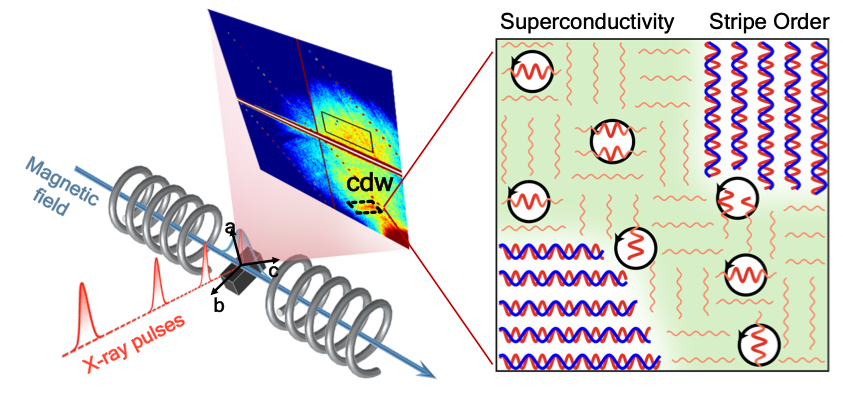
Recent Publications
Tilted stripes origin in La1.88Sr0.12CuO4 revealed by anisotropic next-nearest neighbor hopping
Wei He, Jiajia Wen, Hong-Chen Jiang, Guangyong Xu, Wei Tian, Takanori Taniguchi, Yoichi Ikeda, Masaki Fujita, and Young S. Lee
Commun. Phys. 7, 257 (2024)
Enhanced charge density wave with mobile superconducting vortices in La1.885Sr0.115CuO4
J.-J. Wen, W. He, H. Jang, H. Nojiri, S. Matsuzawa, S. Song, M. Chollet, D. Zhu, Y.-J. Liu, M. Fujita, J. M. Jiang, C. R. Rotundu, C.-C. Kao, H.-C. Jiang, J.-S. Lee, and Y. S. Lee
Nat. Commun 14, 733 (2023)
Observation of two types of charge-density-wave orders in superconducting La2-xSrxCuO4
J.-J. Wen, H. Huang, S.-J. Lee, H. Jang, J. Knight, Y. S. Lee, M.Fujita, K. M. Suzuki, S. Asano, S. A. Kivelson, C.-C. Kao, J.-S. Lee
Nat. Commun. 10, 3269 (2019)
Neutron scattering study of spin density wave ordering in the superconducting state of excess-oxygen-doped La2CuO4+y
Y. S. Lee, R. J. Birgeneau, M. A. Kastner, Y. Endoh, S. Wakimoto, K. Yamada, R. W. Erwin, S. H. Lee, and G. Shirane
Phys. Rev. B. 60, 3643 (1999)
Topological phases of matter are a vibrant field of research in contemporary condensed matter physics. These quantum states are characterized by global, robust properties that remain invariant under local perturbations, making them highly promising for applications in quantum computing and innovative functional materials. While electronic band topology has been the most extensively studied topic, topological band structures can also arise in various systems, including those featuring bosonic quasiparticles. By performing inelastic neutron scattering on a kagome lattice ferromagnet material Cu(1,3-bdc), we discovered a flat magnon band resulting from the unique geometry of the kagome lattice. The measured magnon bands exhibit nonzero Chern numbers, marking the first experimental realization of an effectively two-dimensional topological magnon insulator—a novel class of magnetic materials predicted to display the magnon Hall effect and protected chiral edge modes. Our research aims to uncover how the interplay of symmetry and interactions gives rise to novel quantum phases, providing insights that could inform the design of next-generation spintronic devices.
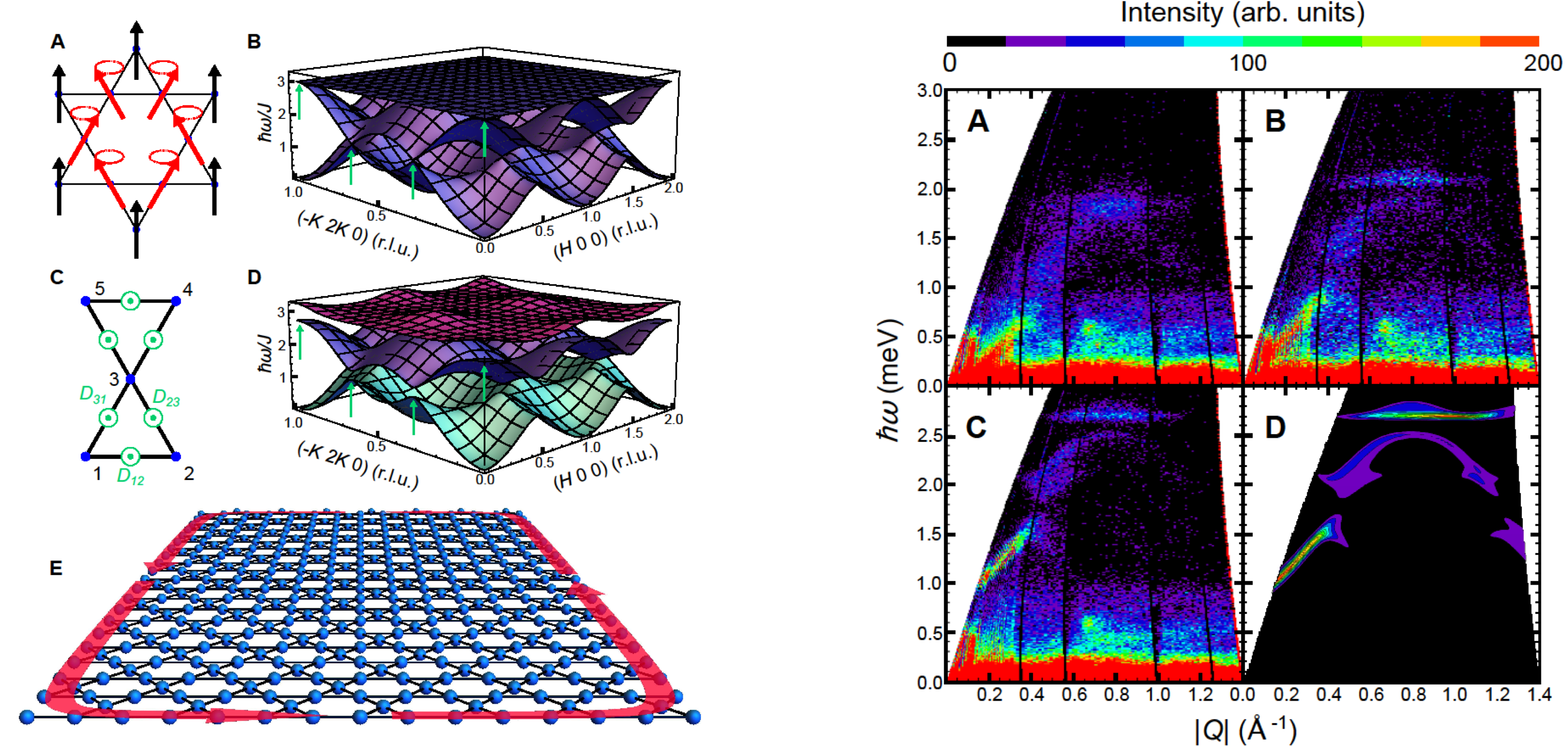
Recent Publications
Electrostatic Gating of Spin Dynamics of a Quasi-2D Kagome Magnet
Zhidong Li, Ruifu Zhang, Jun Shan, Laith Alahmed, Ailing Xu, Yuanping Chen, Jiaren Yuan, Xiaomin Cheng, Xiangshui Miao, Jiajia Wen, Yuriy Mokrousov, Young S. Lee, Lichuan Zhang, Peng Li
Nano. Lett. 24, 2415-2420 (2024)
Evidence of Magnon-Mediated Orbital Magnetism in a Quasi-2D Topological Magnon Insulator
Laith Alahmed, Xiaoqian Zhang, Jiajia Wen, Yuzan Xiong, Yi Li, Li-chuan Zhang, Fabian Lux, Frank Freimuth, Muntasir Mahdi, Yuriy Mokrousov, Valentine Novosad, Wai-Kwong Kwok, Dapeng Yu, Wei Zhang, Young S. Lee, and Peng Li
Nano Lett. 22, 5114-5119 (2022)
Magnetic transitions in the topological magnon insulator Cu(1,3-bdc)
R. Chisnell, J. S. Helton, D. E. Freedman, D. K. Singh, F. Demmel, C. Stock, D. G. Nocera, and Y. S. Lee
Phys. Rev. B 93, 214403 (2016)
Topological magnon bands in a kagome lattice ferromagnet
R. Chisnell, J. S. Helton, D. E. Freedman, D. K. Singh, R. I. Bewley, D. G. Nocera, and Y. S. Lee
Phys. Rev. Lett. 115, 147201 (2015)
